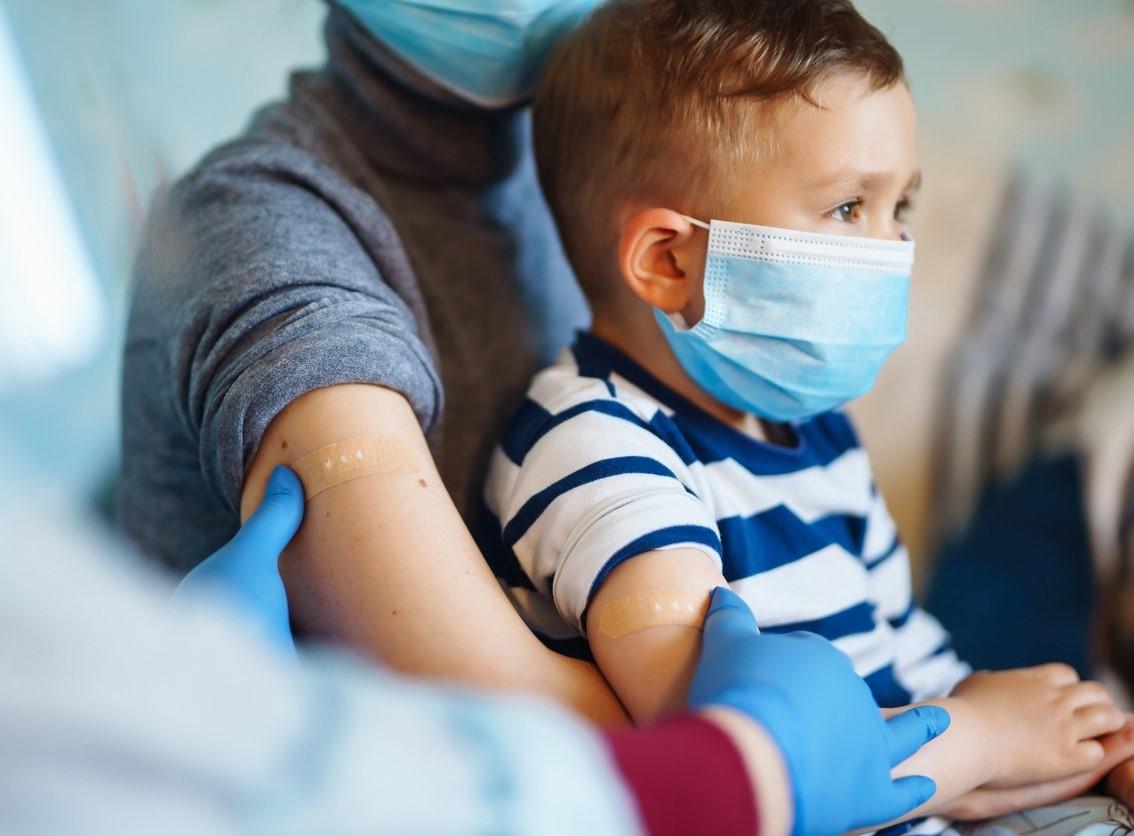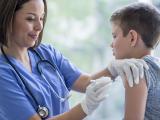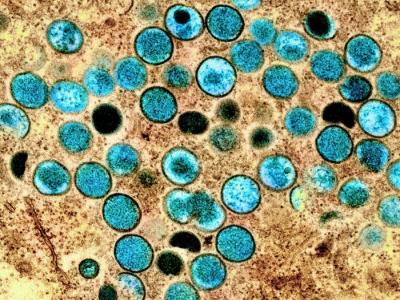This week the Food and Drug Administration (FDA) will consider key recommendations that would give older kids a second COVID-19 vaccine—Moderna—for the primary series and open vaccination up for the first time to the youngest kids.
Ahead of 2 days of meeting this week, FDA staff released in-depth analyses, which said the vaccines were safe and effective.
In international developments, European health officials today warned that COVID-19 cases will likely rise in the coming weeks as the BA.4 and BA.5 subvariants become more dominant across the continent.
Busy week for vaccine advisory groups
Tomorrow, the FDA's Vaccines and Related Biological Products Advisory Committee (VRBPAC) will consider emergency use of Moderna's vaccine in kids ages 6 through 17.
The vaccine would be administered as two 100-microgram doses, the same as for adults, in adolescents ages 12 through 17 and given as two 50-microgram doses in children ages 6 through 11. For youngsters ages 6 months to 5 years, the dosage is 25 micrograms.
Then the next day, VRBPAC will consider amending emergency use authorizations for both the Moderna and Pfizer-BioNTech vaccines, allowing them be used in children ages 6 months to 5 years, an eagerly anticipated move that opens up vaccination to the youngest Americans. (The Pfizer vaccine is already approved for emergency use for kids 5 years and older.)
In a staff analysis of the data published on Jun 10 ahead of the meeting, FDA staff said the Moderna vaccine prompted a similar immune response in children ages 6 months through 17 years as it did in adult trials. They said the side effect profiles were similar for children and adults, though fever was more often reported in younger children.
Both mRNA vaccines have been associated with rare instances of heart inflammation. In its analysis, FDA staff said the risk is known, but Moderna's trials weren't large enough to characterize the frequency in pediatric age groups.
Meanwhile, in a similar evaluation of data from Pfizer-BioNTech vaccine trials in kids younger than 5, FDA staff said the vaccine appears to be effective in preventing illness. The primary series for young children is 3 micrograms, one-tenth of the adult dose, given in three doses.
If VRBPAC approves the two vaccines for emergency use in the pediatric groups and the FDA accepts the decision of its advisory group, the next step is for the Centers for Disease Control and Prevention (CDC) advisory group to consider the data and make formal recommendations. The Advisory Committee on Immunization Practices (ACIP) is scheduled to meet on Jun 17 and Jun 18.
Pending clearances by both FDA and CDC, White House officials have said vaccination of young children would likely begin as soon as Jun 21. Federal officials have said 10 million doses earmarked for young kids, made up of vaccines from both companies, will begin shipping as soon as the vaccines receive FDA clearance.
Masking and travel guidance
In other US developments:
- Cases continue to rise slowly, with the 7-day average for new daily cases up 4% over the past week, according to a Washington Post analysis, which also said hospitalizations were up 2% and deaths rose 38%.
- As COVID-19 cases rise with the biggest burden shifting from east to west, Las Vegas area health officials recommended that people wear masks indoors and stay updated on COVID-19 vaccination. In a Jun 10 statement the Southern Nevada Health District said Clark County has reached a high community level for COVID-19.
- International air travelers no longer have to show a negative COVID-19 test before flying to the United States, the CDC said in a Jun 10 announcement. The new policy went into effect yesterday.
ECDC warns of rising BA.4 and BA.5
In an update today, the European Centre for Disease Prevention and Control (ECDC) said many countries have seen increases in BA.4 and BA.5 subvariants weeks. BA.5 is already dominant in Portugal, where the variant fueled a rise in COVID-19 cases. Though the viruses are thought to have a growth advantage, early findings don't suggest that illnesses are more severe.
As in previous waves, spikes in cases can results in more hospitalizations, intensive care unit admissions, and deaths.
The ECDC urged countries to stay vigilant for signals of subvariant spread and to monitor case levels, especially in seniors, and markers for severe disease.
In other global developments:
- In China, mass testing is under way in Beijing after officials linked a large cluster to a popular bar, according to Reuters.
- Sanofi today announced that its next-generation booster shot it developed with GSK showed strong immune response against subvariants, including Omicron. The vaccine is modeled on the Beta variant and contains GSK's adjuvant. In a phase 3 study, the vaccine provided a significant boost in antibody titers in adults who had previously received mRNA vaccines. In a related study of 247 people at a French hospital that compared Sanofi's second-generation booster with the Pfizer-BioNTech booster and the Sanofi-GSK first- generation booster, the newer Sanofi-GSK booster prompted a stronger immune response, including against Omicron.




















